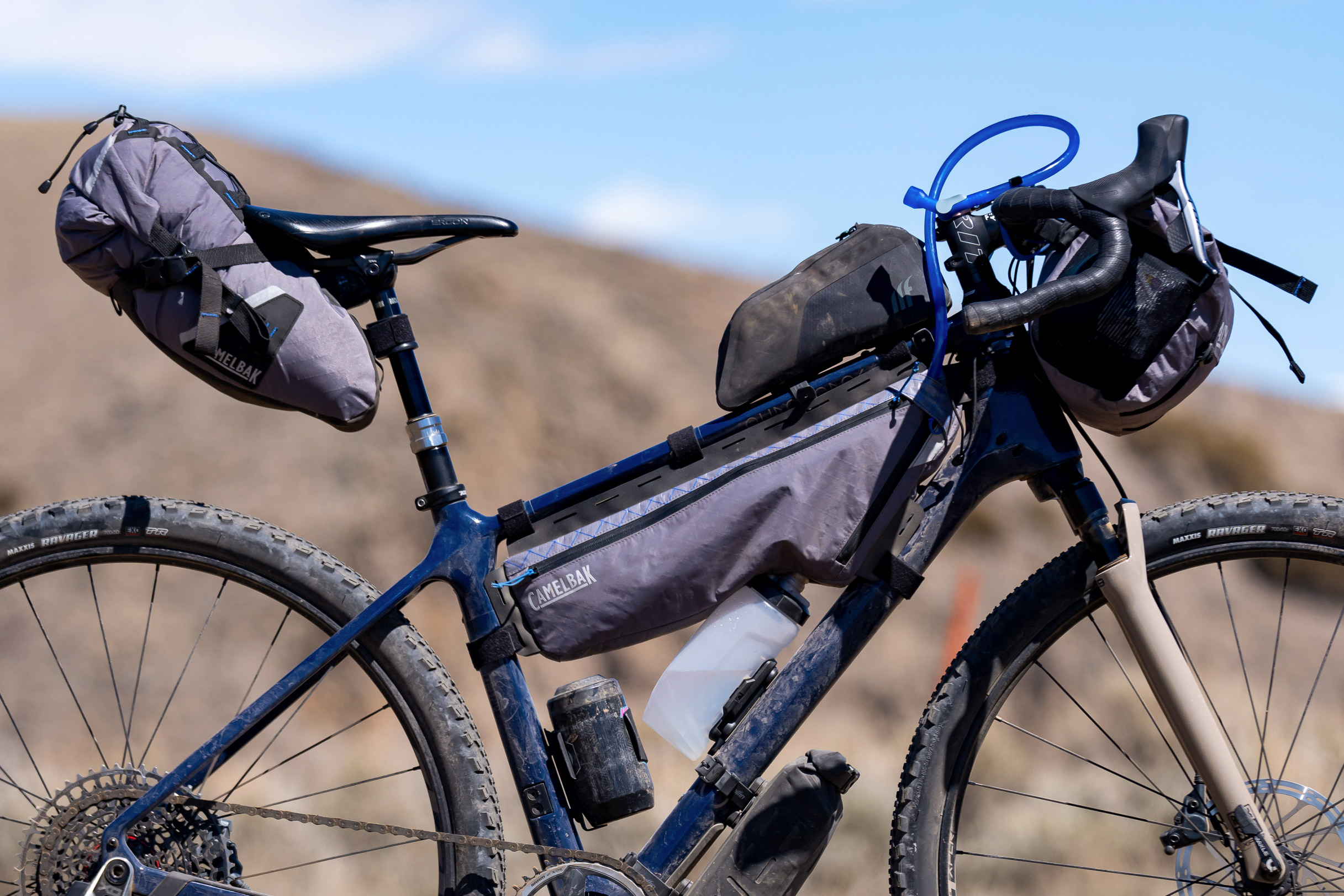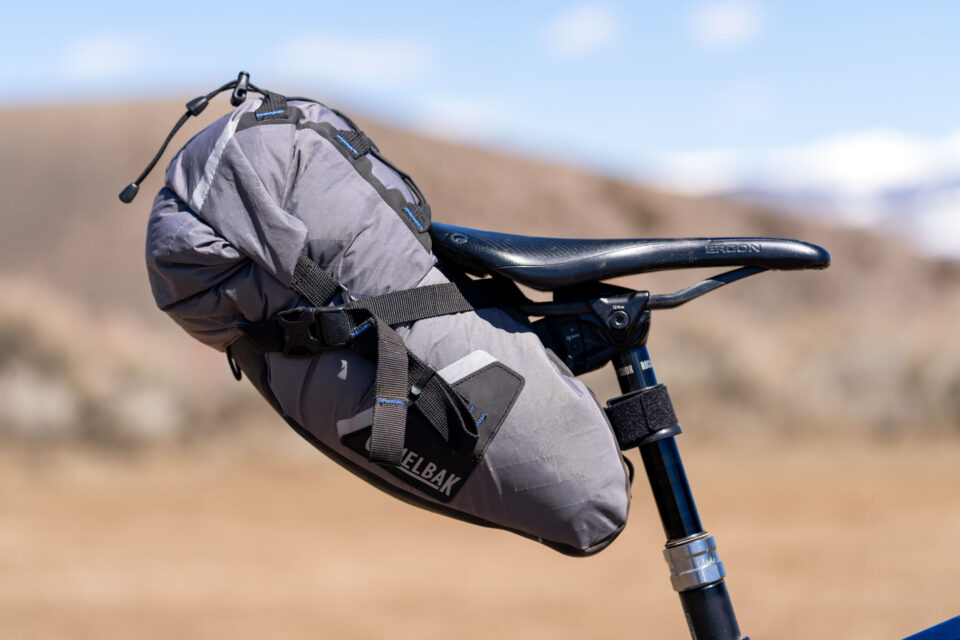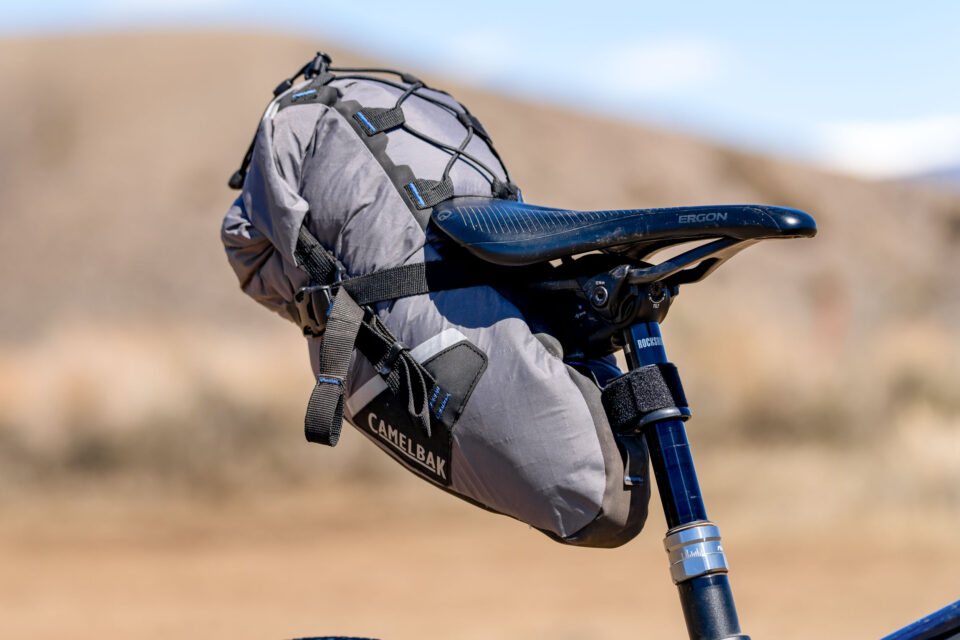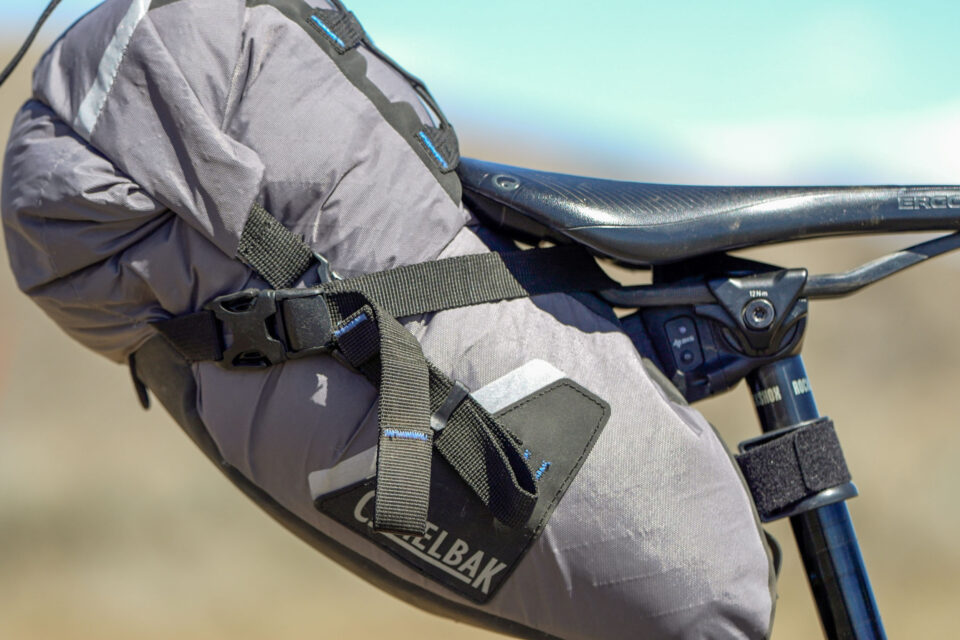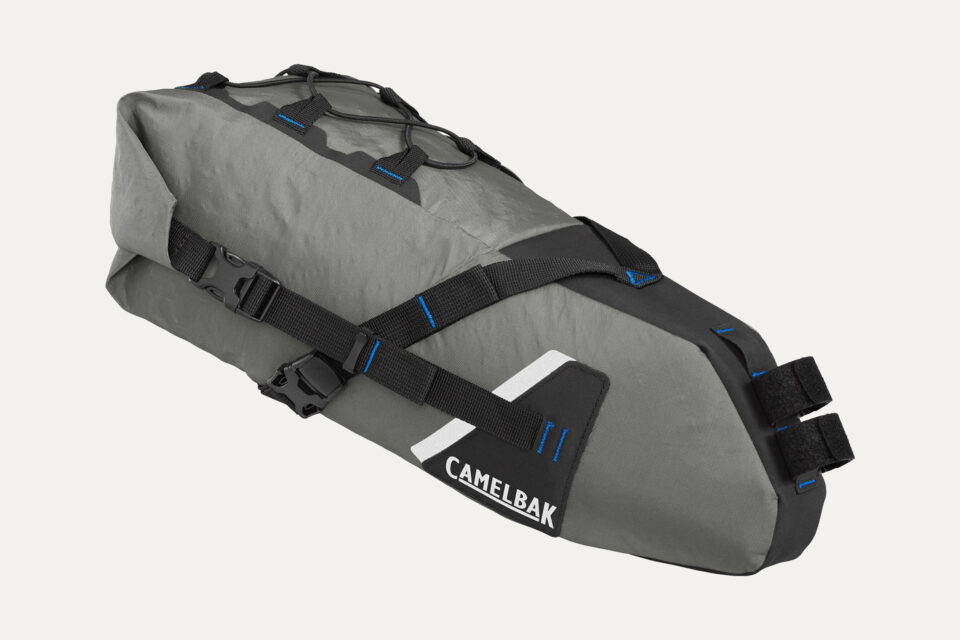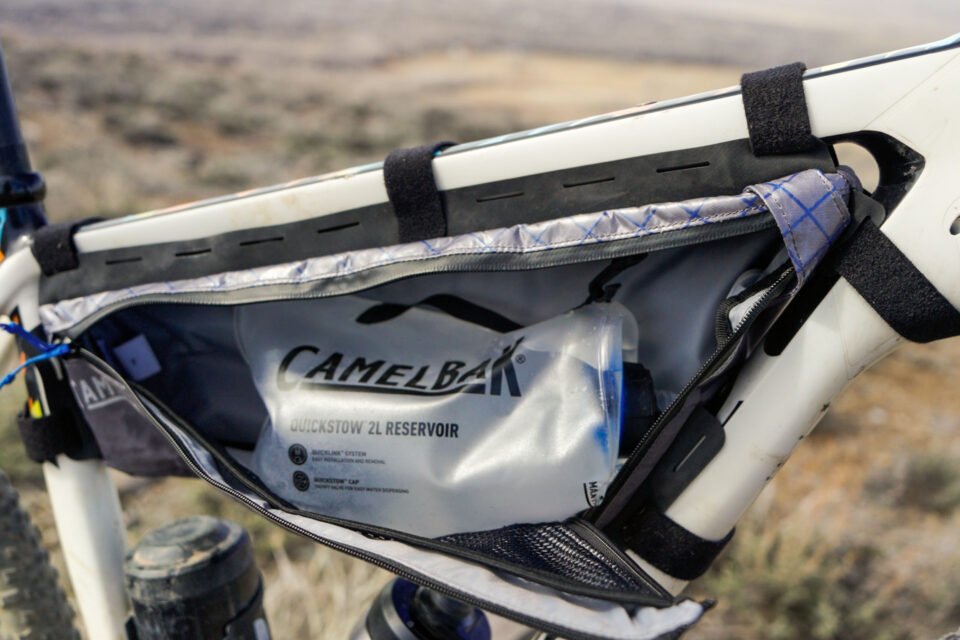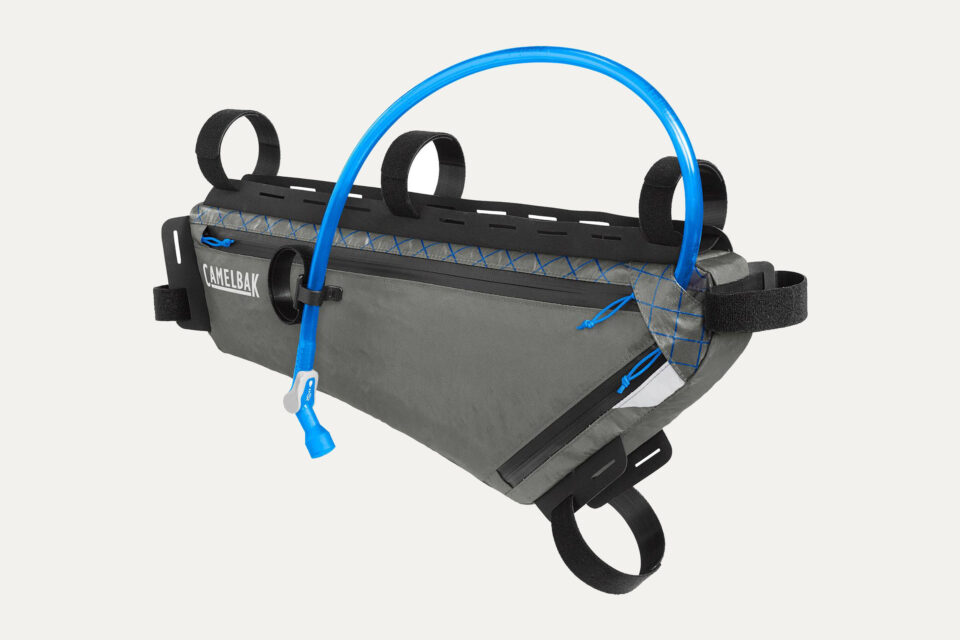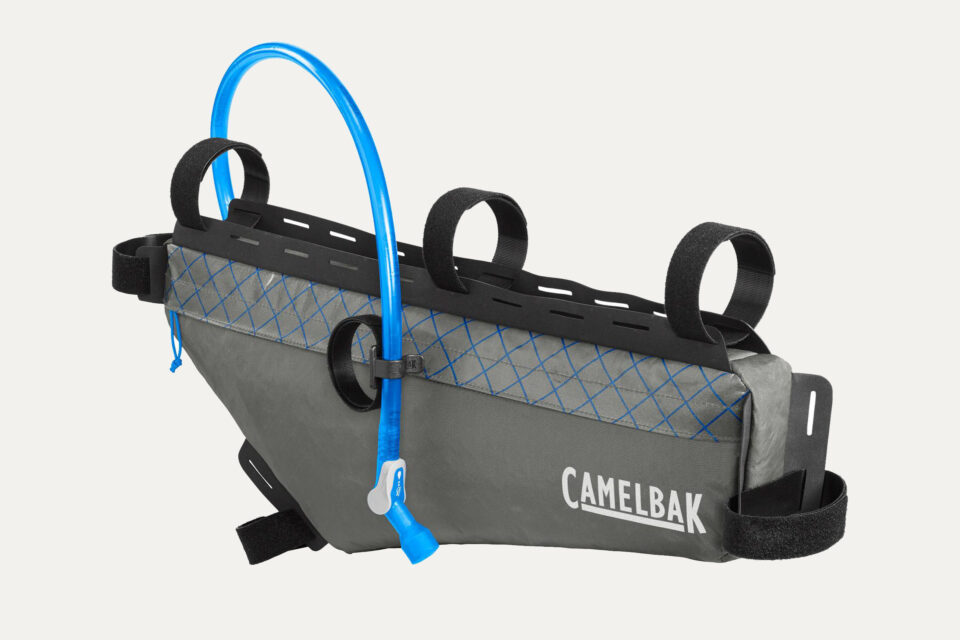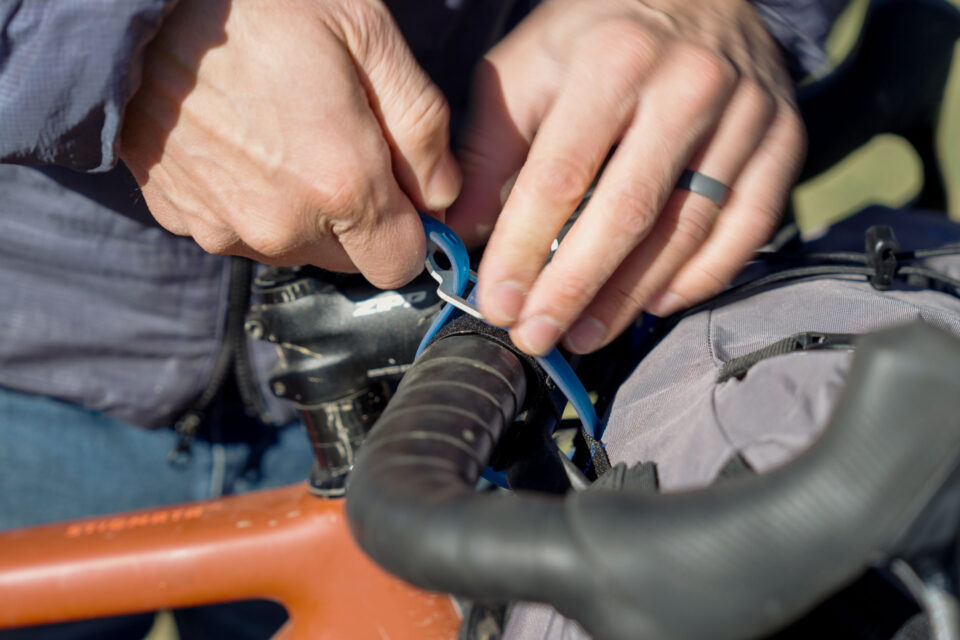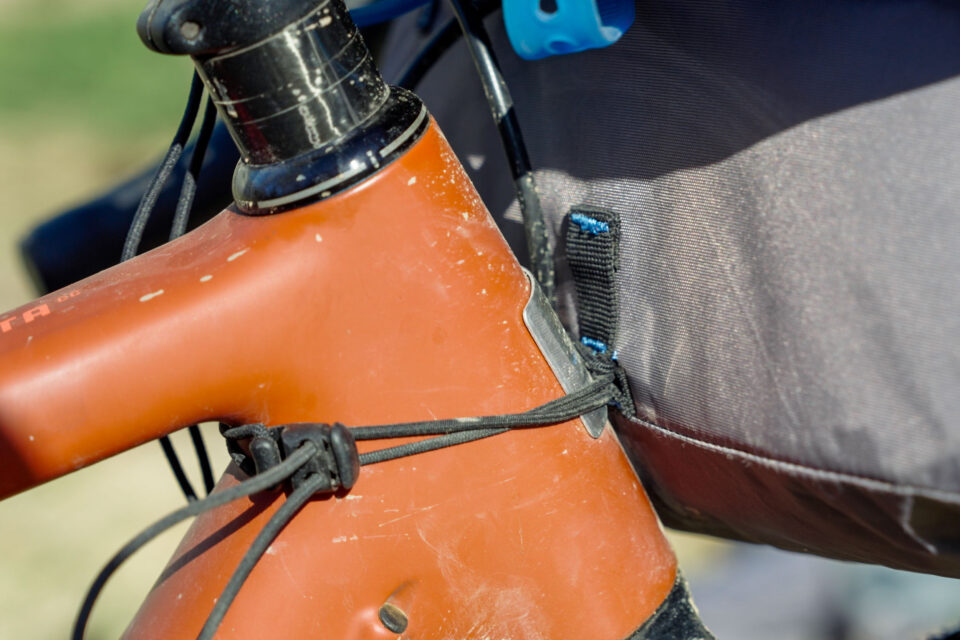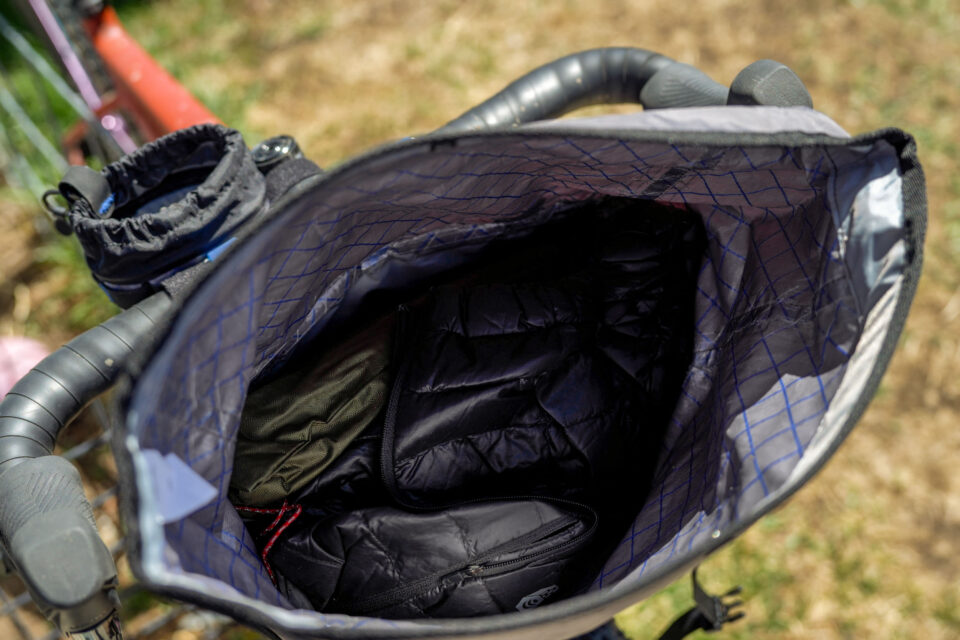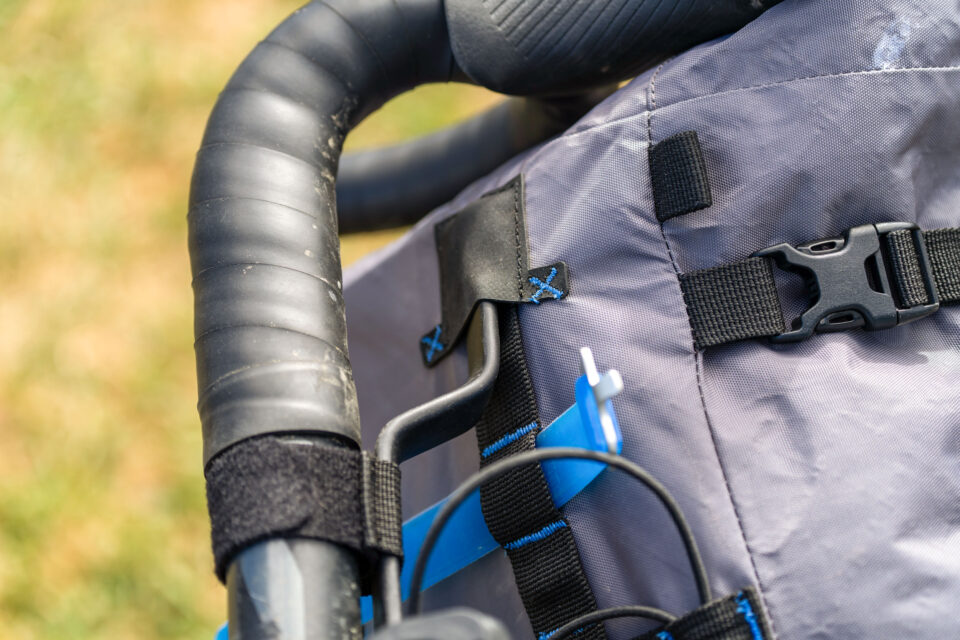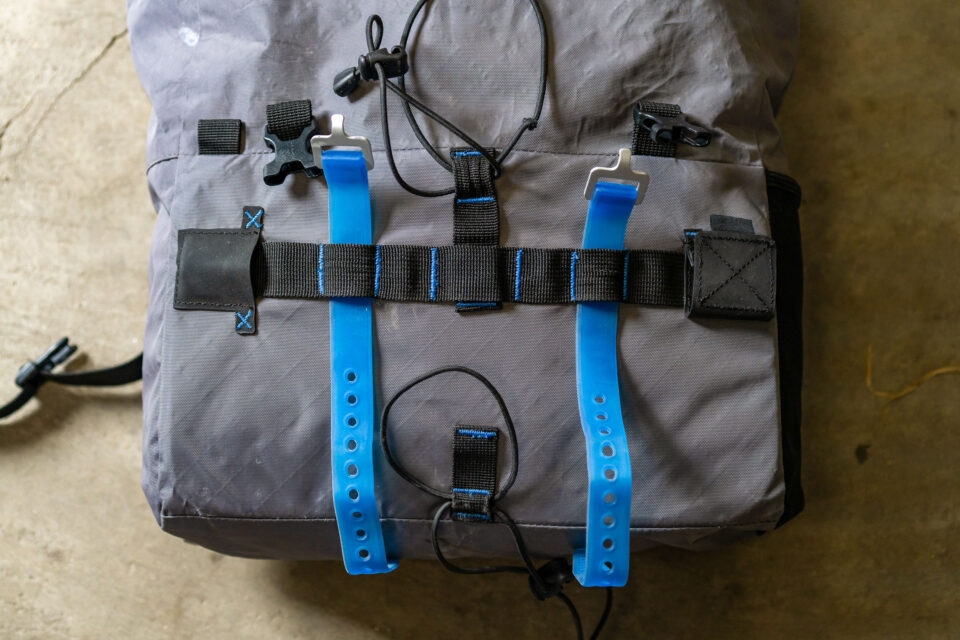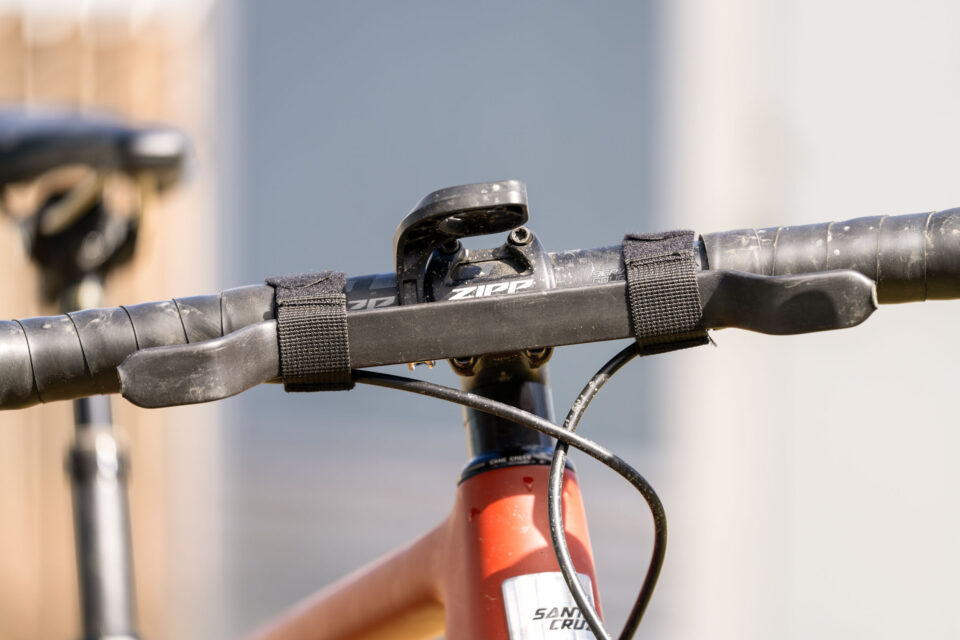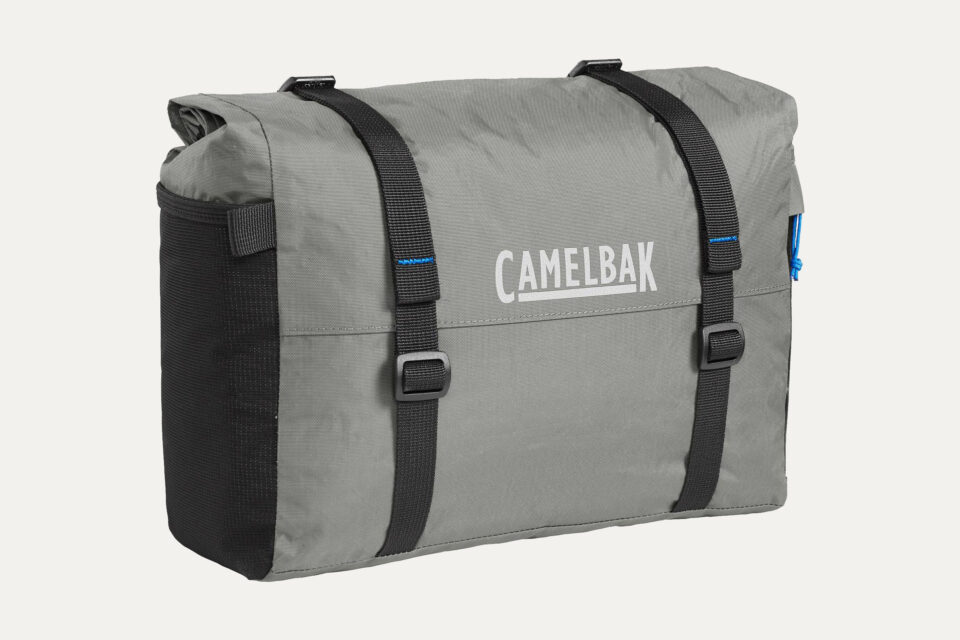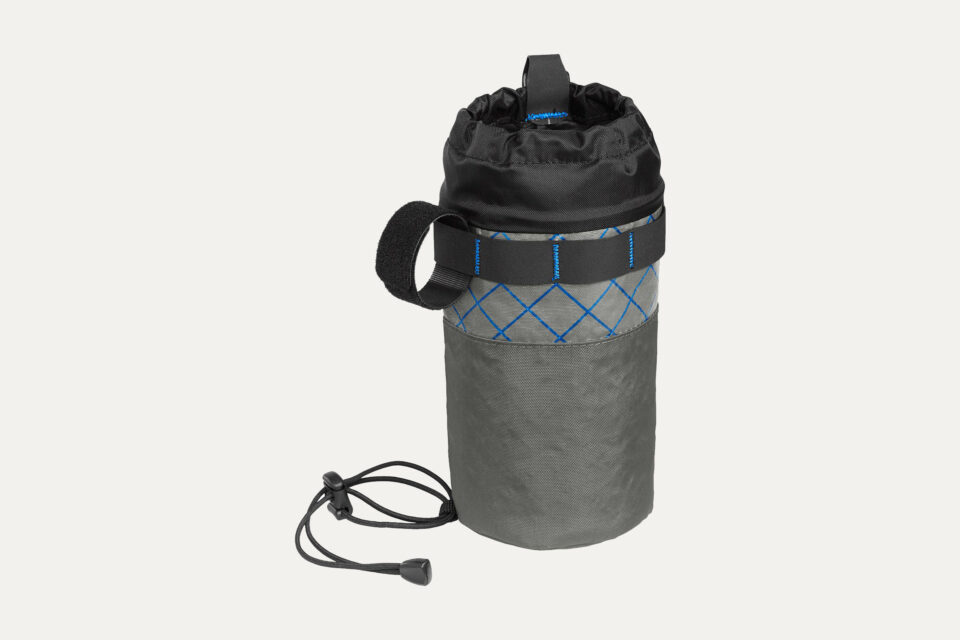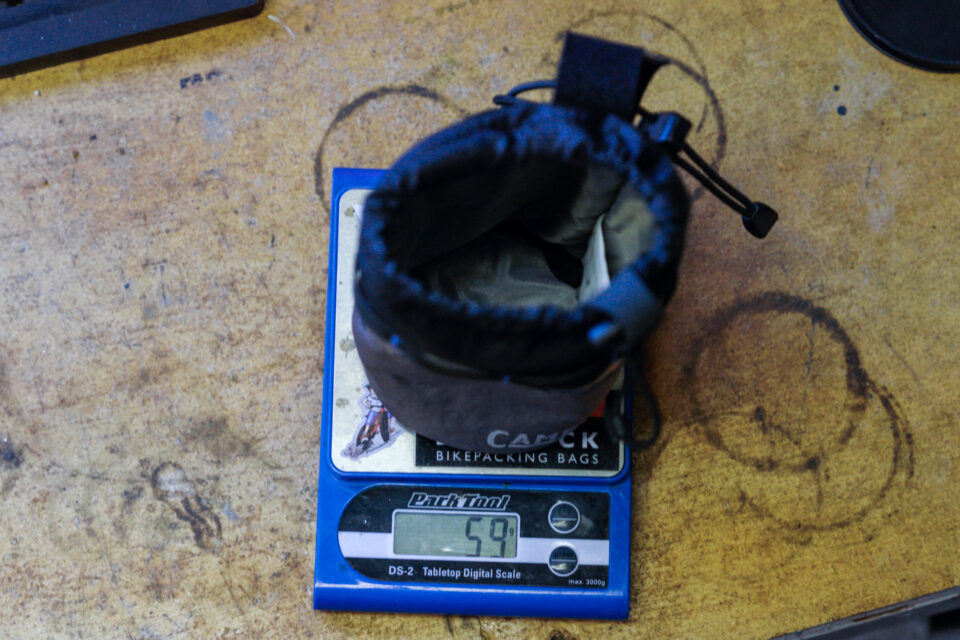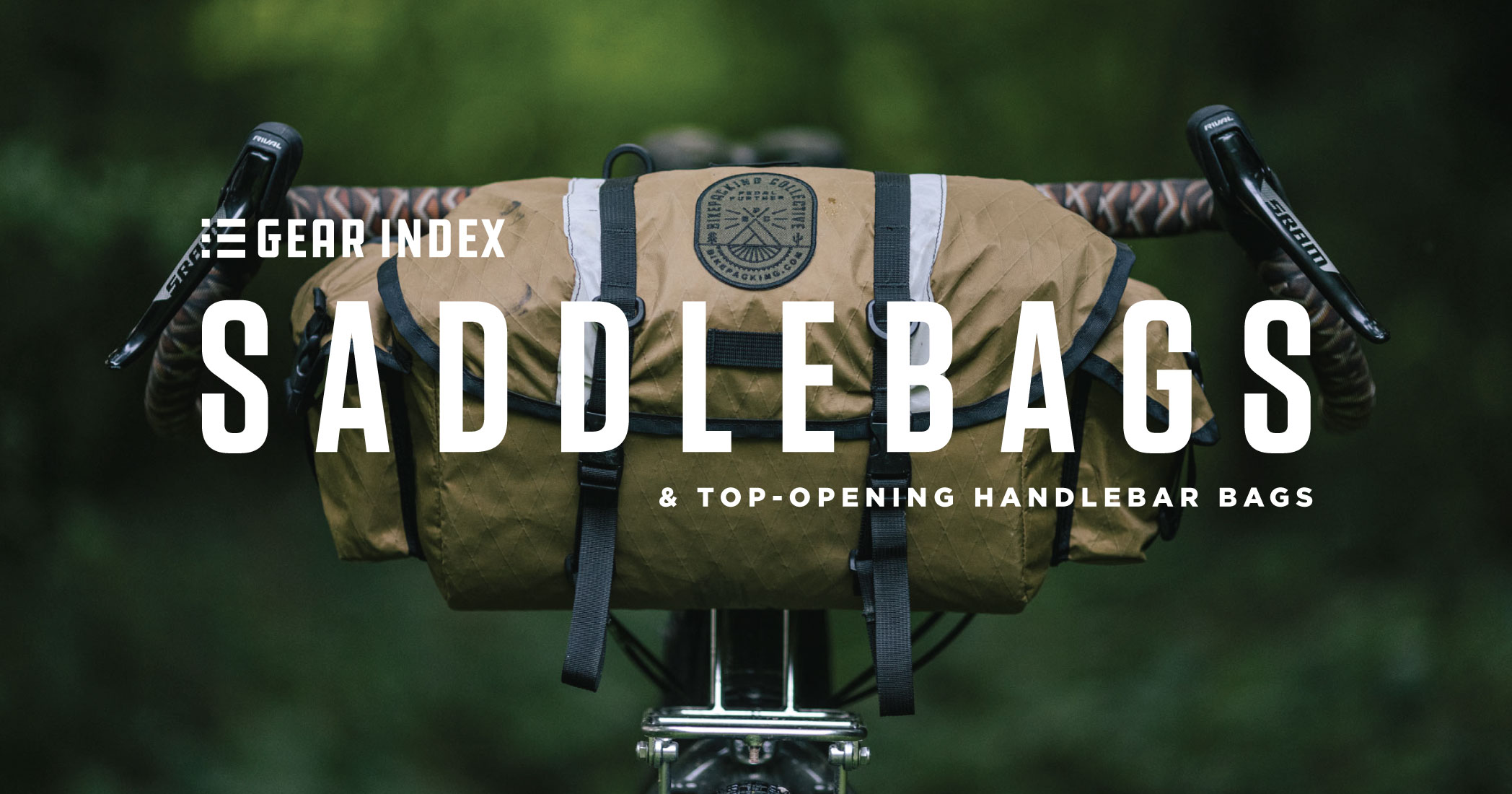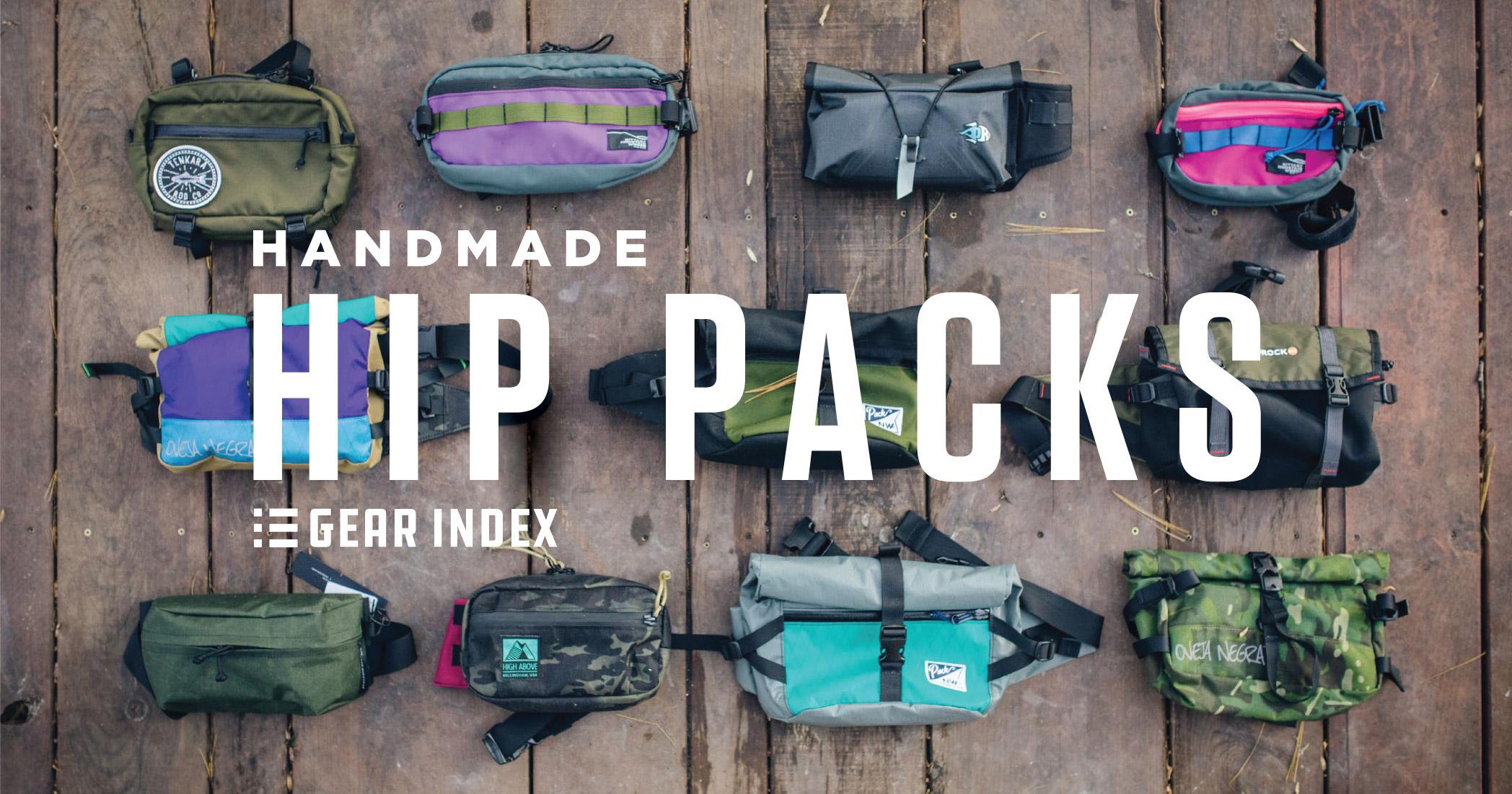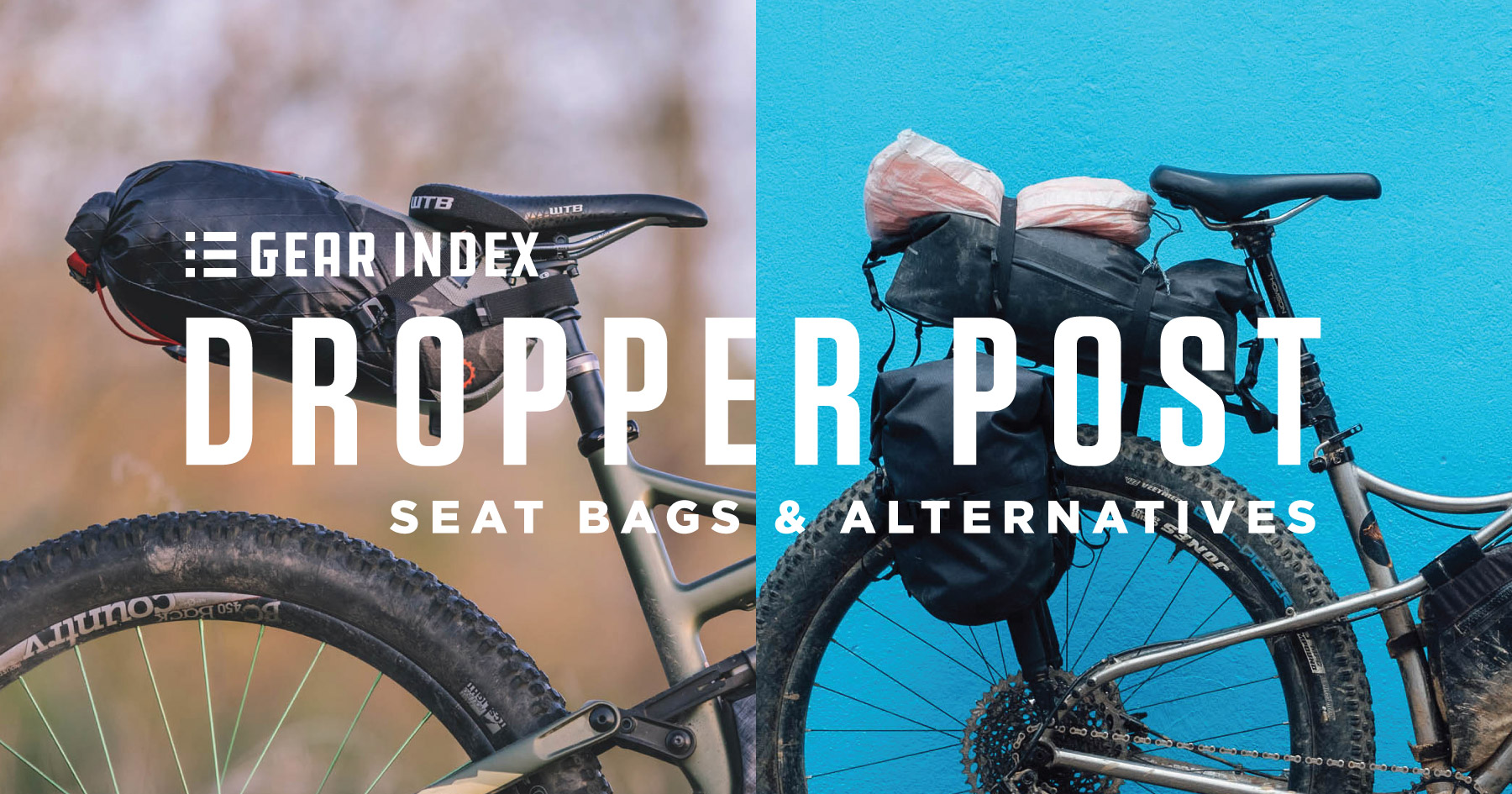CamelBak M.U.L.E. Bikepacking Bags Review
After teasing them last summer, CamelBak has officially released its full range of bikepacking bags. Neil had the chance to put them to the test over the last few months while bikepacking in Utah and Colorado. Find his full review of the Camelbak M.U.L.E. Bikepacking Bags here with insight into features he likes and what could be improved…
PUBLISHED Apr 10, 2024
CamelBak was founded in 1989 by Michael Eidson, who devised a method to carry easy-access water in a lightweight backpack while preparing for a bicycle race in Texas. He rigged an IV bag with a small hose, put it into a tube sock, and attached it to the back of his jersey. This makeshift contraption eventually evolved into the first CamelBak hydration pack. Since then, CamelBak has become the most prominent name in the outdoor and sports hydration market.
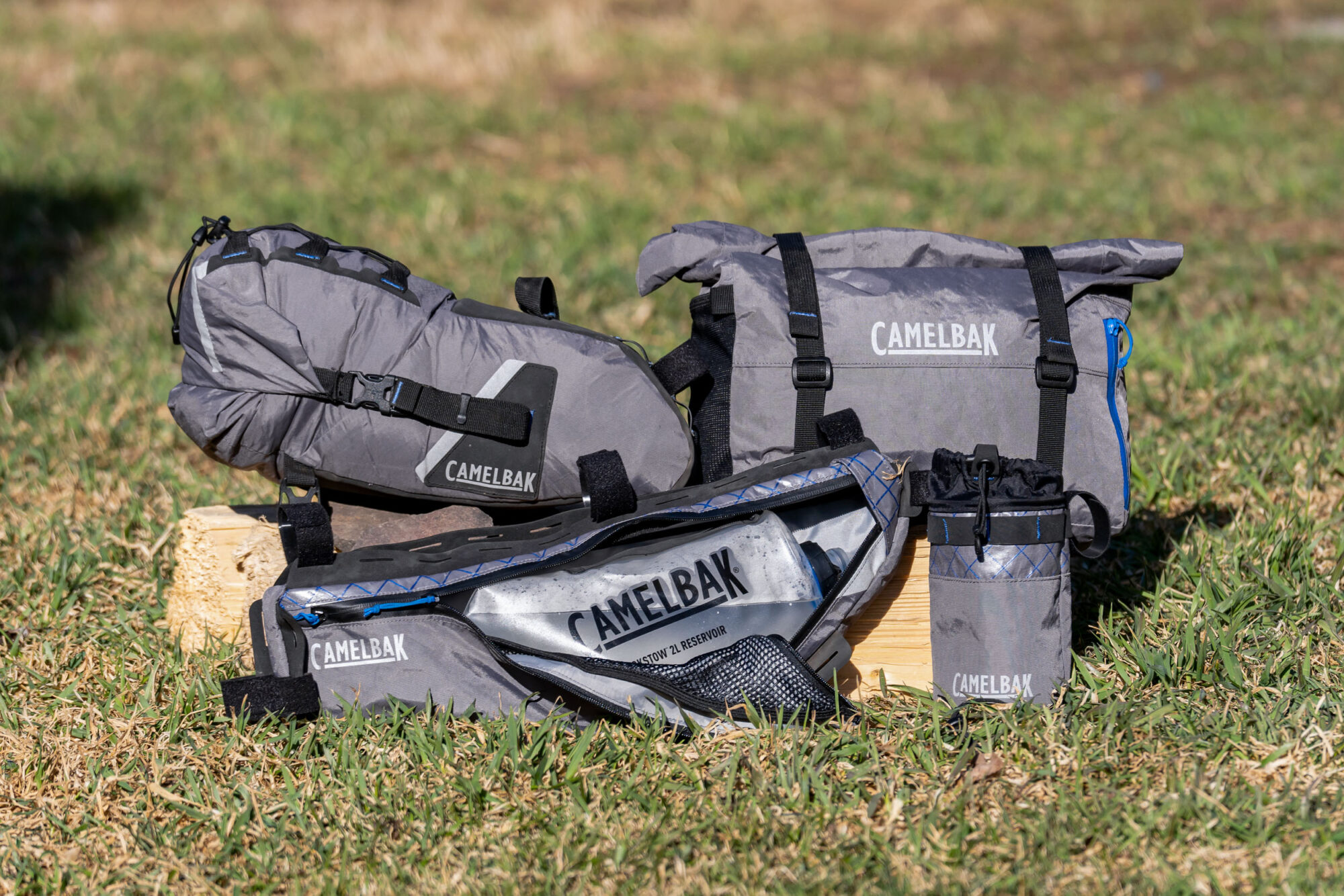
CamelBak continues to specialize in cycling-specific backpacks and hydration bladders but has expanded into everything from water bottles to lifestyle backpacks to coolers. Now, they’ve branched out ever further out with a complete line of on-bike bags. It’s a step away from backpacks and bottles, but it seems like a fitting and natural progression. Keeping with their long standing M.U.L.E. name, which means “Medium to Ultra Long Endeavors,” CamelBak officially launched their M.U.L.E. bikepacking bags on April 9th. This lineup includes the M.U.L.E. 9 Saddle Pack, Frame Pack in size small and large, Handlebar Pack, and Stem Pack. For the most part, the bags are made from X-Pac ECOPAK fabric, featuring a PFAS-free DWR coating. All the bags are water-resistant and come in a gray colorway with blue accents.
CamelBak M.U.L.E. 9 Saddle Pack
The M.U.L.E. 9 Saddle Pack isn’t unlike other seat packs we’ve seen before. Revelate Designs and Carousel Design Works designed and produced the first modern seat packs back in 2008, and it’s safe to say they’ve continued to inspire the designs we see today, including CamelBak’s take. The 317-gram M.U.L.E. 9 Saddle Pack comes with some reflective details on the back, a durable nylon bottom, and a bungee cord laced on the top to hold extra layers or camp shoes. It uses the standard attachment system with two webbing straps that loop over the saddle rails and a single seatpost strap with three vertical positions to accommodate different setups. CamelBak says the M.U.L.E. 9 has an IPX5 waterproof rating, which means it can handle light rain but isn’t waterproof. That being said, stitched bags usually aren’t.
The bag offers nine liters of storage capacity which fit my 20°F sleeping bag, sleeping pad, down jacket, wool socks, and boxers. It’s a decent size, but trips that call for bulkier gear might warrant something larger. It’s easy to remove and install, and I usually removed the bag from the bike to make packing more manageable, but most folks will likely leave it on the bike. Compression straps on each side of the main roll-top closure and locking saddle rail straps pull the load towards the front. The buckles CamelBak sourced for the bag feel flimsy and cheap, and sure enough, I managed to break one of the saddle rail straps while trying to tighten it down.
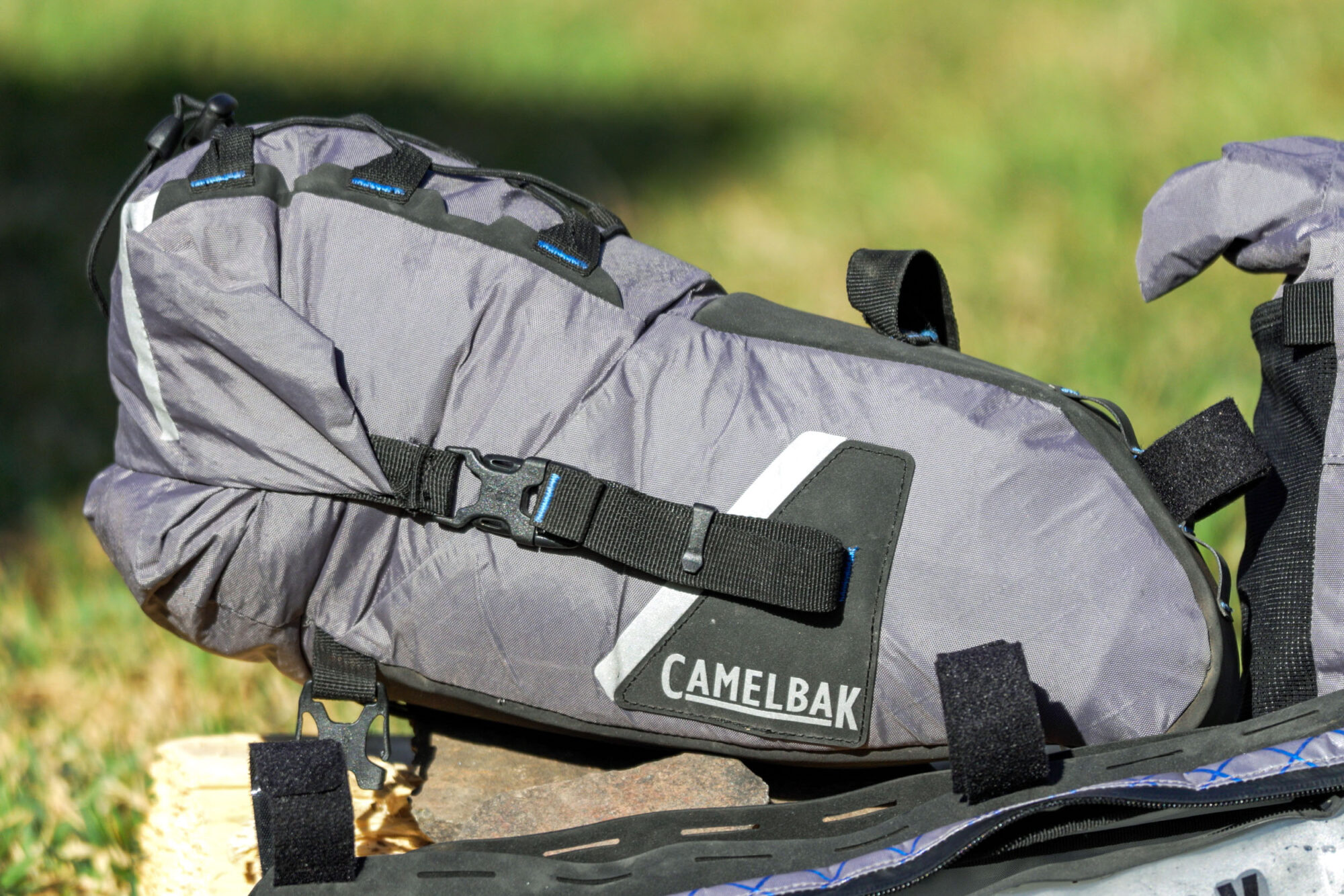
I was initially worried about the triangle bar tack connection point for the webbing strap on the top of the saddle pack. It seemed a little too minimal and it wasn’t anchored to a thicker area like most seat packs. Past experiences with similar designs that failed prompted me to carry an extra strap as a precaution. However, it held up without any issues. While it doesn’t come with a dropper post clamp, and CamelBak failed to mention whether it’s dropper-compatible on their website, it worked fine paired with the Wolf Tooth Valais. Overall, the M.U.L.E. 9 Saddle Pack functioned great until the buckle broke, remaining very stable while riding hero gravel and rugged double track. At $90 USD, the Seat Pack is bare-bones and priced comparably to other options.
Pros
- Stable when tightened down properly
- Compresses nicely when packed
- Top bungees are a helpful addition for layers
- Works well with a dropper post (using additional dropper post clamp)
Cons
- Cheap buckles
- Would like to see a slightly larger option
- Webbing straps are a little finicky
- Nothing innovative
- Capacity: 9L
- Material: ECOPAK X-Pac
- Weight (actual): 317 grams
- Place of Manufacture: Indonesia
- Price: $160 USD
- Manufacturer’s Details: CamelBak.com
CamelBak M.U.L.E. Frame Pack
The CamelBak M.U.L.E. Frame Pack comes in a size small 3-liter version and a larger 4.5-liter model. I tested the larger one, which measured 18.9 x 7.1″ x 2″ (48 x 18 x 5cm) and weighed 225 grams on my scale, comparable to other half frame bags. Like the Saddle Pack, it’s made from recycled water-resistant ECOPAK and has reflective detailing for added visibility. The Frame Pack tapers from a rectangular shape at the back to a wedge shape at the front of the bike for greater capacity. It has raised Hypalon attachment points for the included velcro straps that run along the top and both ends of the bag, providing plenty of optional mounting points to adapt to your bike and other bags.
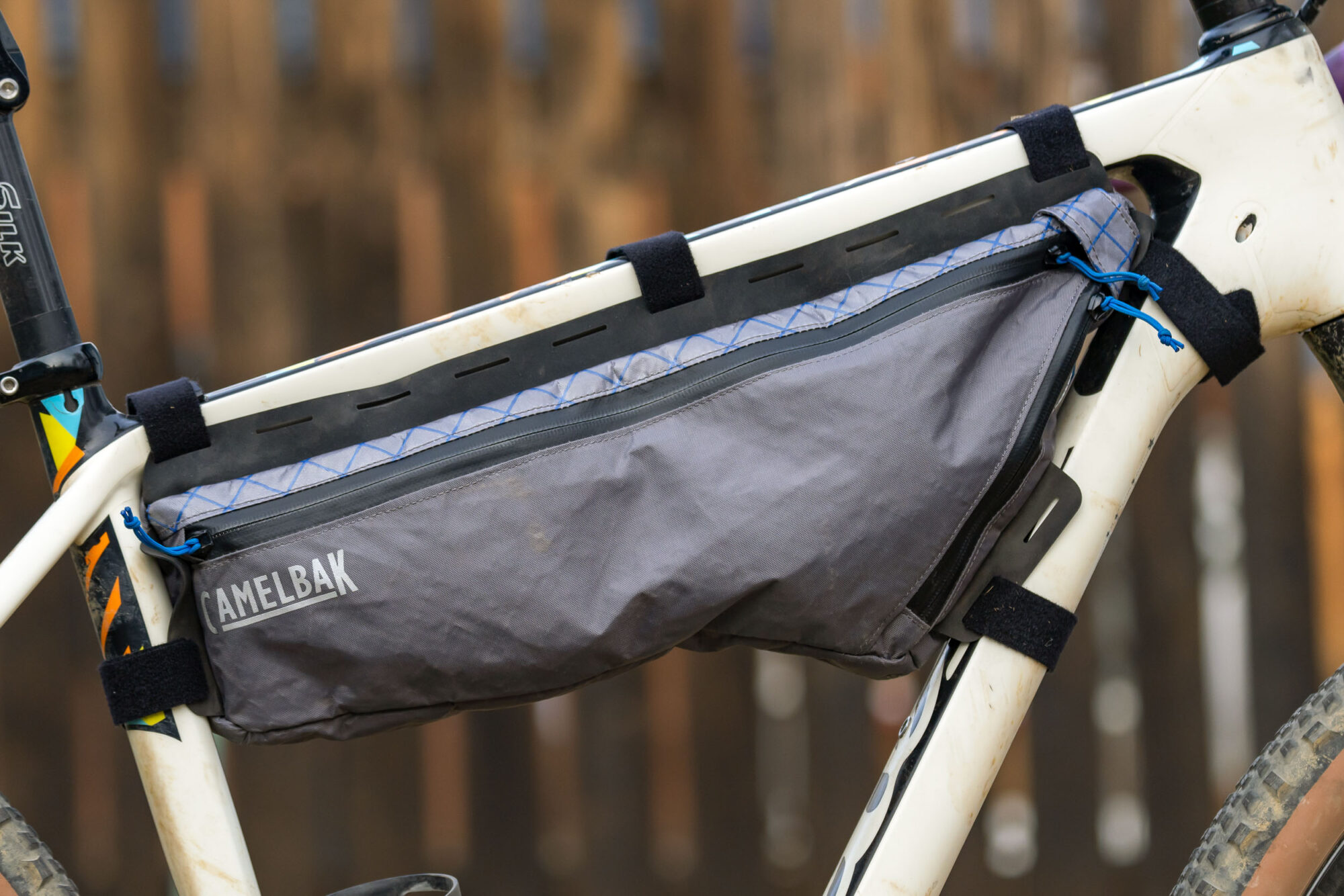
One thing that’s unique about the M.U.L.E. Frame Pack is the zipper layout. Not only does it come with two zipper pulls on the main opening, allowing you to access contents from either end, there’s an additional zipper that parallels the downtube allowing you to open the bag wide for awkward items like cook pots or extra-large burritos. While the design worked well for packing and unpacking bulky items, I wasn’t all that excited about CamelBak’s small coil zippers. They’re bound to blow out eventually and started to glide less smoothly after some use. It would be great to see a larger molded plastic zipper on a future version.
Inside, the bag has mesh pockets for storing smaller items and a hydration hose port. On the non-drive side, there is an additional map pocket with the same small coiled zipper that’s protected by a storm flap.
Both the large and small Frame Packs come with CamelBak’s Quick Stow 2L Bike Reservoir. The bladder features a hydration hose that can be accessed while riding using the bag’s hydration port and a sipping cap, which I found easier to drink from when I wasn’t fighting gravity while drinking from the hose. The bladder is also compatible with a Lifestraw filter, which can be mounted inline between the bladder port and the hydration tube.
The bladder tucks nicely inside the frame bag, makes an excellent use of space, and packs down pretty small when empty. There was a bit of side-to-side movement when the 2L bladder was full, but that’s to be expected as a full bladder is a lot of weight for any frame bag. At 2″ wide, I didn’t experience any knee rub with the Frame Pack, but it was wide enough to make good use of the space inside my bike’s main triangle.
The $150 4.5L Frame Pack is on target with many other high-end packs in this category and includes the hydration bladder, but there are several US-made half frame bags available for under $100 that don’t use tiny coil zippers.
Pros
- Large frame bag that can fit bigger items
- Wide enough but not too wide to experience knee rub
- Zipper Layout is nice
- Two size options
- Non drive side map pocket is great for small items
Cons
- Zippers stopped gliding after one bikepacking trip
- Worry about long-term durability with small tooth zippers
- Some side to side movement with lots of weight inside
- Capacity: 4.5L/3L
- Material: ECOPAK X-Pac
- Weight (actual): 225 grams
- Place of Manufacture: Indonesia
- Price: $140-$150
- Manufacturer’s Details: CamelBak.com
CamelBak M.U.L.E. 12 Handlebar Pack
Out of the entire lineup, I was most excited to try out the Handlebar Pack. It’s promising to see something relatively unique from a large brand launching its first lineup of bikepacking bags. The Camelbak M.U.L.E. 12 Handlebar Pack is a 12-liter, top-loading roll-top handlebar bag. It weighs just 408 grams and measures 9.84 x 16.93 x 5.12″ (25 x 43 x 13 cm/HxWxD), so it should fit between most drop bars. It’s made from water-resistant ECOPAK, and comes in one size.
The Handlebar Pack has a removable aluminum stabilizer bar that’s designed to leave more room for your hands and help stabilize the load. Two pieces of One-Wrap Velcro hold the stabilizer to the handlebar, and two Voile-style straps secure the bag to the bar. The only downside is that the position of the stabilizer means it will likely rub on most stems. Because it’s removable and there’s a daisy chain attachment point on the bag itself, you could theoretically skip the stabilizer, but it would likely result in a far less sturdy setup.
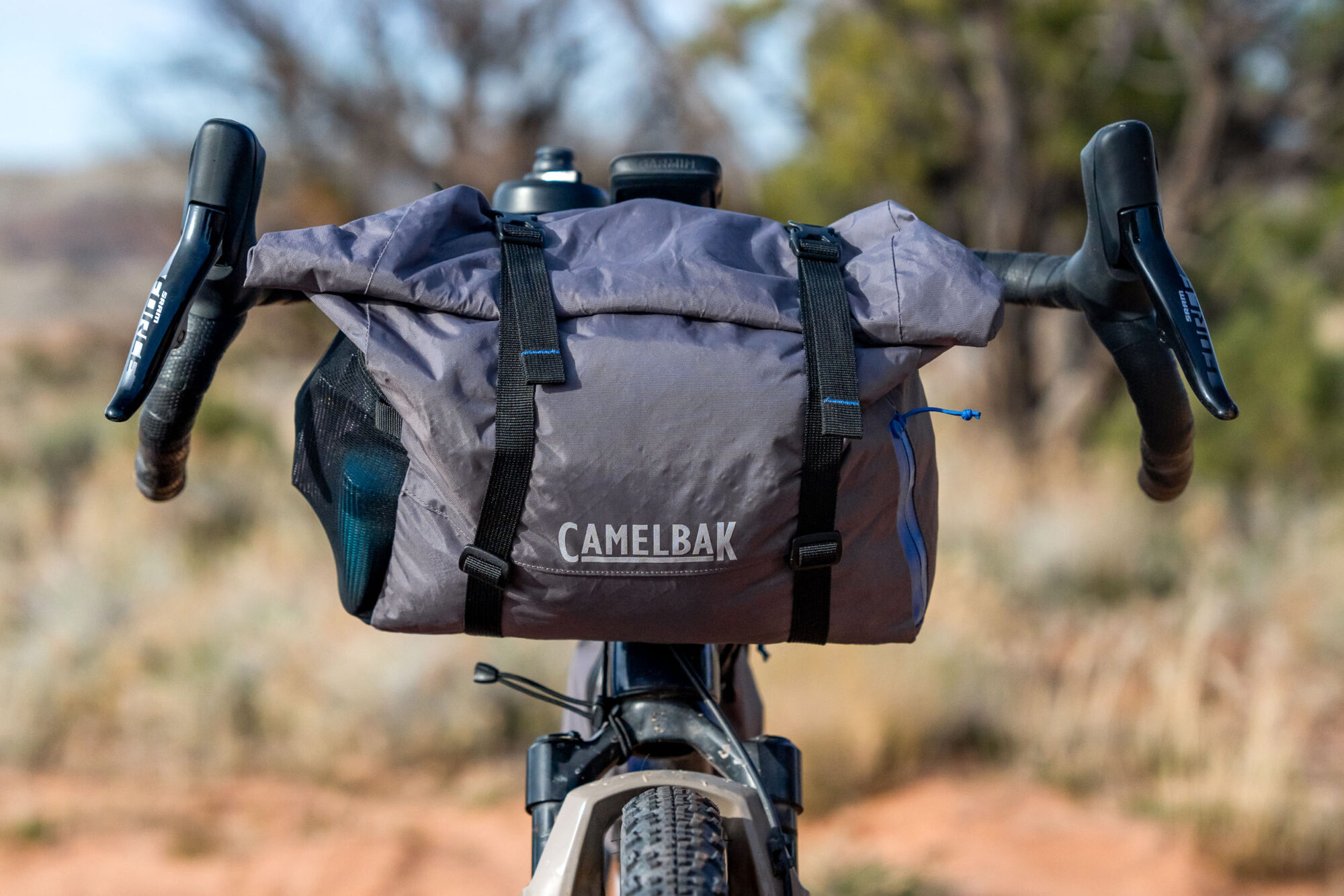
The bag secures to the fork crown or head tube using a bungee with a cord lock buckle that attaches to one of two mounting points on the bottom of the bag. While the bungee allows the bag to freely turn side to side, it does a poor job of eliminating any up and down movement while bouncing over rough terrain. There is another bungee above the stabilizer designed to loop under and around the stem and help hold the bag away from the front tire. However, due to its stretch, it seemed redundant and unnecessary. As you can see in the photos below, by opening the sleeve that the stabilizer strut attaches to, the bag can be removed from the bike without having to remove the strut itself. I see this as a worthy selling point since most top-opening bags aren’t quick to remove or install when packing at camp.
Once installed, the large roll-top closure made packing gear into the bag a cinch—a universal benefit of top-opening handlebar bags. It neatly fit my one-person MSR Hubba Hubba Bikepack Tent with the short 12″ poles in a side-to-side orientation. I also had room for my down pants, a long-sleeve layer, Yeah Nah cap, DJI Mini 3 drone, remote, and an extra battery, and I could easily pack more in there. With the bag loaded, it’s just a matter of rolling the top, clipping the two side-release buckles, and compressing the system with a tug of the two webbing straps. Aside from the main compartment, there is one zipped pocket on one side and a mesh sleeve on the other for smaller, quick-access items. With a few tweaks to the stabilizer and head tube/fork crown attachment, this bag has some real potential. The Handlebar Pack works well for bikepacking, day rides, and commuting, and it’s a decent value at $100 USD.
Pros
- Super easy to pack and unpack items with big top opening
- Fits large packing capacity in small area
- Stabilizer pushes load away from bar for more hand or accessory positions
- Stabilizer can also be removed from the bag or left on the bar while removing bag
- Most innovative bag in the bunch
Cons
- Not stable using the included bungees
- Setup isn’t intuitive
- Capacity: 12L
- Material: ECOPAK X-Pac
- Weight (actual): 408 grams
- Place of Manufacture: Indonesia
- Price: $100
- Manufacturer’s Details: CamelBak.com
CamelBak M.U.L.E. Stem Pack
A new bikepacking bag lineup wouldn’t be complete without a simple but infinitely useful stem bag. The M.U.L.E. Stem Pack is a no-frills, 59-gram bag designed to mount to your handlebar on either side of your stem. There is a Hypalon daisy chain around the bag’s exterior to attach it to your handlebar and stem using the provided One-Wrap Velcro straps, plus an additional bungee and cordhook for the fork crown or head tube.
Unfortunately, the bungee ripped right off the bag after my first ride, which is a pretty clear manufacturing defect as it saw no real stress before this. The drawstring closure also has a bungee and cord lock buckle, which I found difficult to loosen up, so reinserting the bottle back was sometimes challenging. The upside to this is that your bottle is very secure and likely won’t eject. At $30, the Stem Pack is very basic compared to the original Revelate Mountain Feed Bag, which sets a high bar for all others.
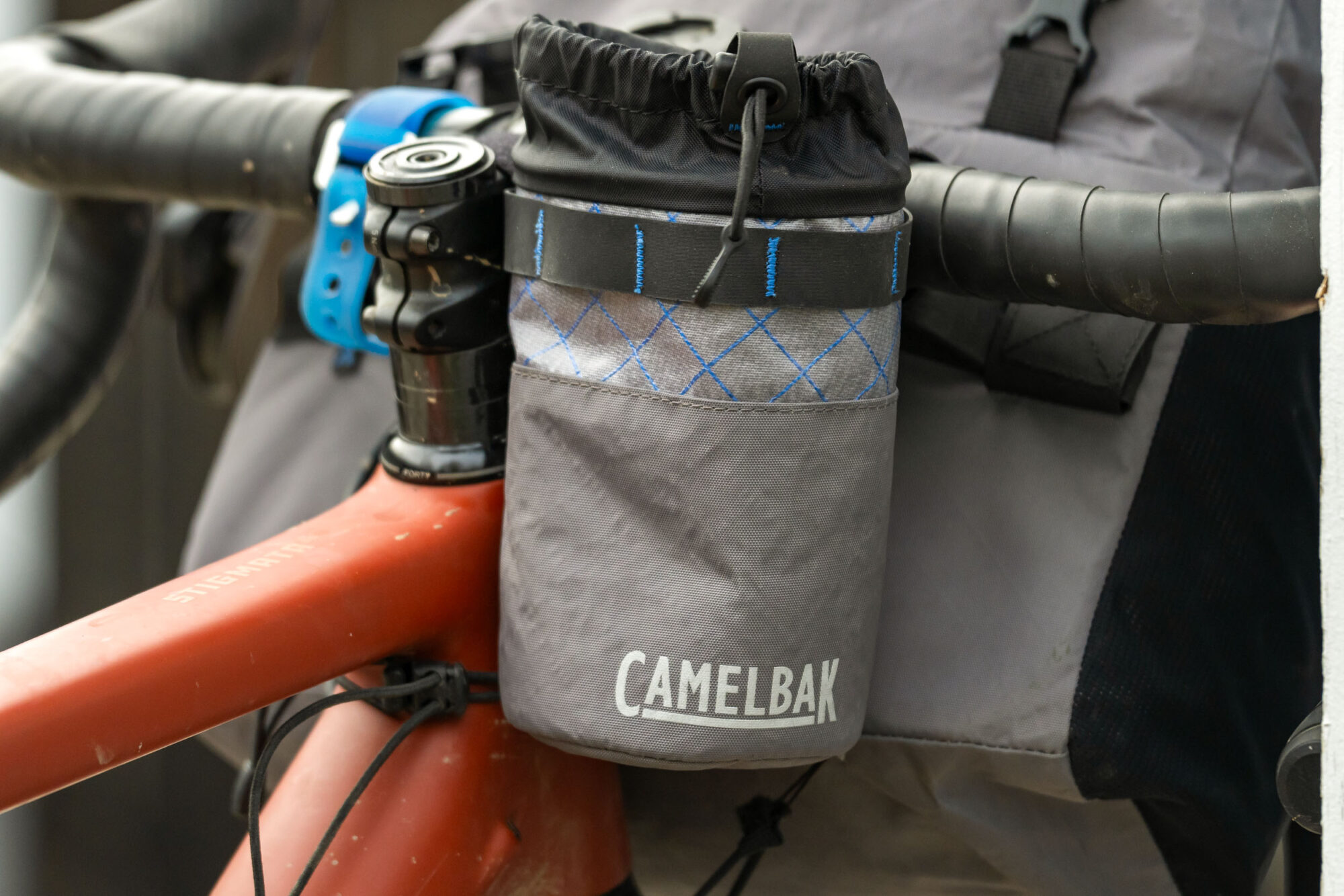
Pros
- Good water and snack storage
Cons
- Questionable durability as bungee attachment ripped after one ride
- Very difficult to loosen bungee and cord lock on top of bag
- No exterior mesh pocket or additional storage
- Capacity: 1L
- Material: ECOPAK X-Pac
- Weight (actual): 59 grams
- Place of Manufacture: Indonesia
- Price: $30
- Manufacturer’s Details: CamelBak.com
Wrap Up
Although the CamelBak M.U.L.E. bikepacking bags may not be particularly groundbreaking, they mark a promising beginning for CamelBak and boast some distinctive features that set them apart from other mass-produced bags. More importantly, they represent big brands acknowledging the unique needs of bikepackers and just how big our little corner of the cycling world has become. However, there is room for improvement. It would be great to see upgraded frame bag zippers, a better attachment system for the handlebar bag, more robust buckles, and reinforcements in high-stress areas.
Neil put together a video review of the CamelBak M.U.L.E. Bikepacking Bags for our YouTube channel where you can see the bags in action. Watch that below.
Further Reading
Make sure to dig into these related articles for more info...
Please keep the conversation civil, constructive, and inclusive, or your comment will be removed.







